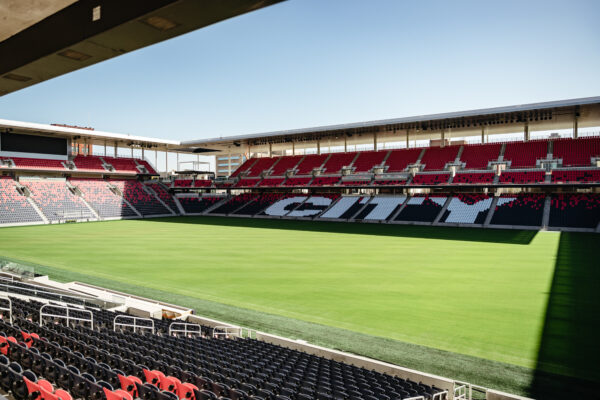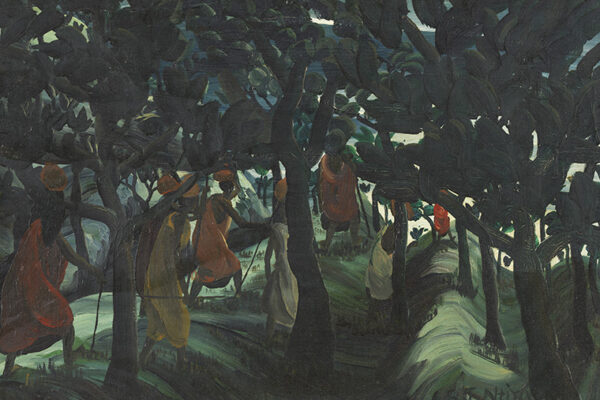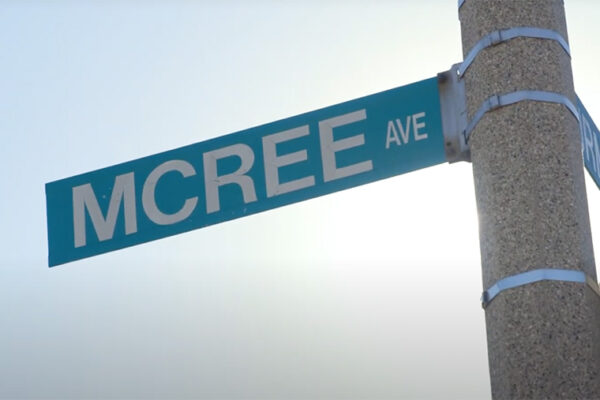
Large-scale redevelopment is often pitched as a strategy for reviving struggling downtowns. Yet such projects — with their acres of asphalt and tenuous connections to surrounding environs — are usually poor substitutes for the organic neighborhoods they displace, argued Patty Heyda, an associate professor of urban design at the Sam Fox School of Design & Visual Arts at Washington University in St. Louis.

“Stadiums don’t really save cities,” said Heyda, who is the co-author of “Rebuilding the American City” (2016). “In fact, stadiums are notorious for killing downtowns — even as they’re meant to revitalize them. They’re often massive, out-of-scale blank objects on mega-parcels surrounded by blocks of inhospitable parking lots.”
Heyda said that CityPark — home to Major League Soccer expansion team St. Louis City SC — is in many ways “a refreshing update to the type.”
“It’s designed by a woman! It participates in the urban context with all four sides serving as fronts. The form fits the block grid; the structure is light and airy, with tall slender columns and open edges and corners. And the monument to Mill Creek Valley, a significant Black neighborhood that was entirely demolished for urban ‘renewal’ in the late 1950s, is a powerful gesture.”
But a stadium remains a stadium. And almost inevitably, “it remakes the city as an upscale stage-set of leisure and entertainment,” Heyda said. “It continues a pattern and redevelopment model of low-income urban erasure that allows city leaders to seat 20,000 profitable visitors in the space of what were 20,000 residents’ homes.” And even if that displacement happened years ago, “many of those former residents are still alive. This sort of economic development doesn’t serve them.
“In urban design, we tend to focus on form, but there are many forces, especially in our increasingly privatized political economy, that underlie those formal decisions,” Heyda continued. “Today’s cities are shaped by public agencies and processes, but also by private and corporate interests.
“I know a lot of people who are excited about this team and about soccer in St. Louis,” Heyda concluded. “But the longer history of St. Louis, and of this site, is considerably more complex.”


